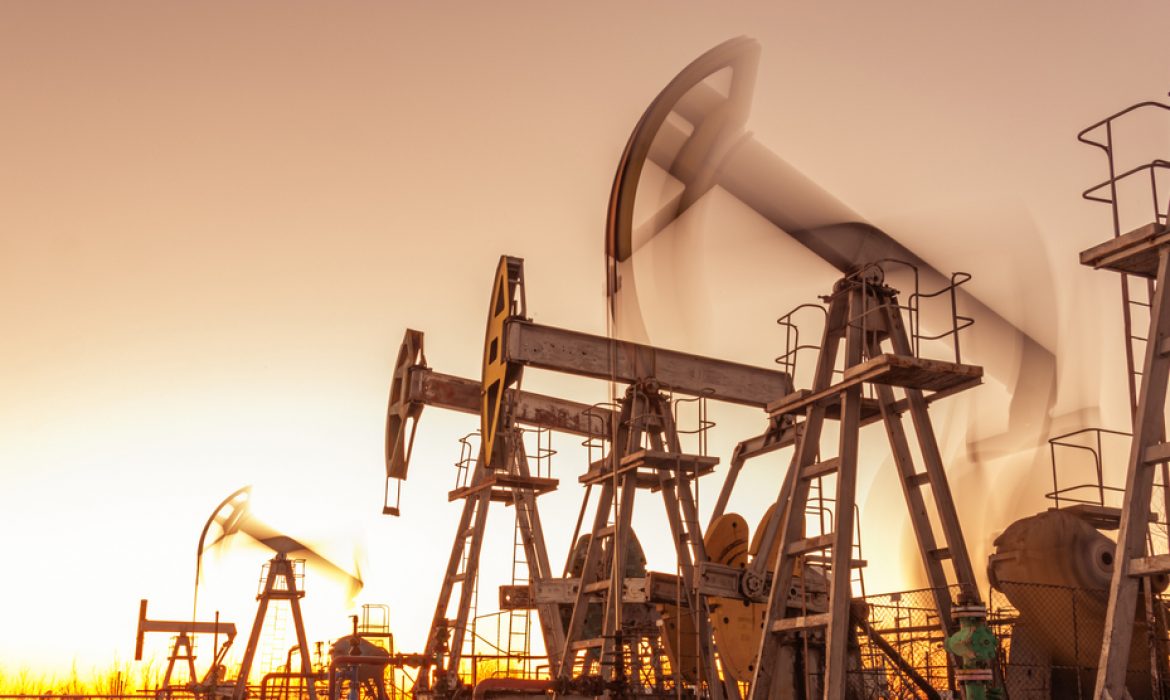IEA Warns of Oil Price Volatility as Saudi Arabia and Russia Extend Production Cuts
In a recent announcement, the International Energy Agency (IEA) has issued a stark warning that the current production cuts implemented by oil giants Saudi Arabia and Russia could trigger a significant supply shortfall, leading to renewed turbulence in oil prices. This alert comes at a time when global oil markets are already grappling with complex dynamics and mounting pressures.
Deficit Looms Over Global Oil Markets
The IEA’s report projects a substantial oil supply deficit of approximately 1.2 million barrels per day for the second half of 2023. This forecast is a direct consequence of the recent decision by the OPEC+ alliance to extend their production cuts until the end of this year. While this deficit is somewhat smaller than previously anticipated, due to historical shifts in demand patterns, it remains a cause for concern, especially for consumers worldwide.
Depleted Inventories and Vulnerable Prices
Even in the scenario where Saudi Arabia and Russia decide to ease their production curbs in early 2024, the IEA warns that global oil inventories will be severely depleted. This depletion of reserves leaves oil prices vulnerable to sudden and unpredictable shocks, potentially leading to increased price volatility. Recent developments have already seen Brent futures surge to a 10-month high, crossing the $92 per barrel mark.
Tightening Market Dynamics
“The market is really tightening in the second half of the year,” notes Toril Bosoni, the head of the IEA’s oil market division. August data revealed a substantial drop of 75 million barrels in global oil inventories, highlighting the growing imbalance in supply and demand.
OPEC+ Data Indicates Significant Shortfall
While OPEC+ member countries often justify their production cuts as necessary for market stability, their own data suggests a more significant supply shortfall in the coming quarter, estimated at over 3 million barrels per day. This is the most substantial shortfall seen in at least a decade, yet the OPEC+ coalition has provided limited insight into the reasoning behind their current strategy.
Potential Political Ramifications
This situation could potentially hold political implications, particularly for President Joe Biden, who is preparing for a reelection campaign amid concerns over high inflation and soaring gasoline prices, hovering close to $4 a gallon. The IEA is also keeping a watchful eye on the impact of elevated oil prices on the global economy and the pace of monetary easing.
Challenges to the Status Quo
The IEA’s report takes a more direct and explicit stance on the Saudi-Russia partnership than in the past, focusing on the energy disruption and inflationary pressures stemming from Moscow’s conflict in Ukraine. The IEA characterizes the Saudi-Russian alliance as a “formidable challenge” for oil markets, with the extension of production cuts likely leading to a substantial market deficit through the fourth quarter of the year.
A Transition Away from Fossil Fuels
This ongoing tension between the IEA and oil-producing nations reflects broader shifts in the energy landscape. IEA Executive Director Fatih Birol recently suggested that global oil demand may reach its peak in this decade as consumers increasingly turn to renewable energy sources to combat climate change. This transition marks what could be the beginning of the end for the fossil fuel era.
Global Demand and Economic Impacts
Despite these transformations, the IEA continues to estimate that global oil consumption reached a record high in June, with projections indicating an annual high of 101.8 million barrels per day this year, representing an increase of 2.2 million barrels per day. Notably, China is expected to drive 75% of this growth.
However, this growth is anticipated to taper off in 2024, aligning with weaker global economic expansion and a reduced reliance on oil as a primary transport fuel. The IEA’s outlook underscores the complex web of factors at play in the global energy landscape, where geopolitics, climate considerations, and economic realities intersect, leaving both producers and consumers to navigate a challenging and evolving terrain.


